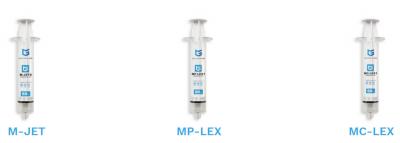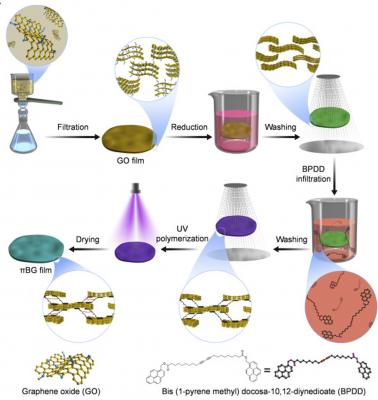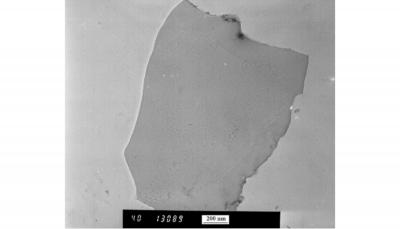ZEN Graphene signs Agreement on low cost, high-yield graphene production process
 ZEN Graphene Solutions has announced the signing of an initial agreement to in-license certain intellectual properties from a Canadian University that when combined with ZEN’s Albany Graphite, produces low cost, environmentally friendly graphene.
ZEN Graphene Solutions has announced the signing of an initial agreement to in-license certain intellectual properties from a Canadian University that when combined with ZEN’s Albany Graphite, produces low cost, environmentally friendly graphene.
The production process rapidly exfoliates Albany Graphite into few layer graphene (FLG, 2-5 layers) with a conversion efficiency of over 90%. Previous work has reportedly demonstrated that the Albany Graphite was converted to graphene far more efficiently when compared to flake or metamorphic graphite. This advantage was said to be confirmed by recent testing using this new process.



